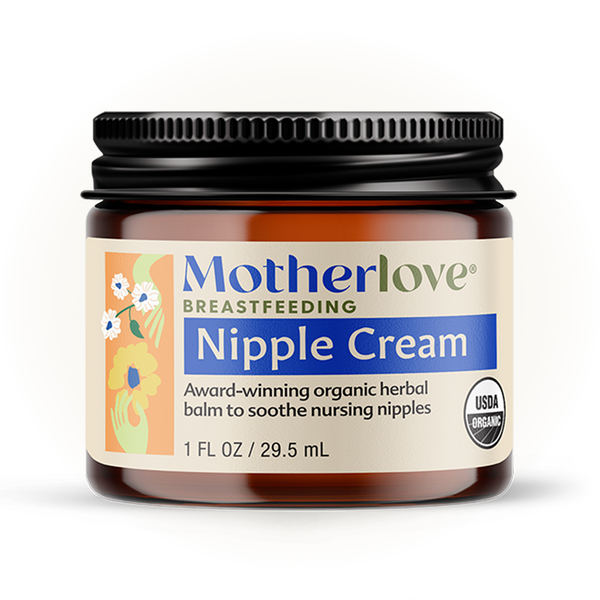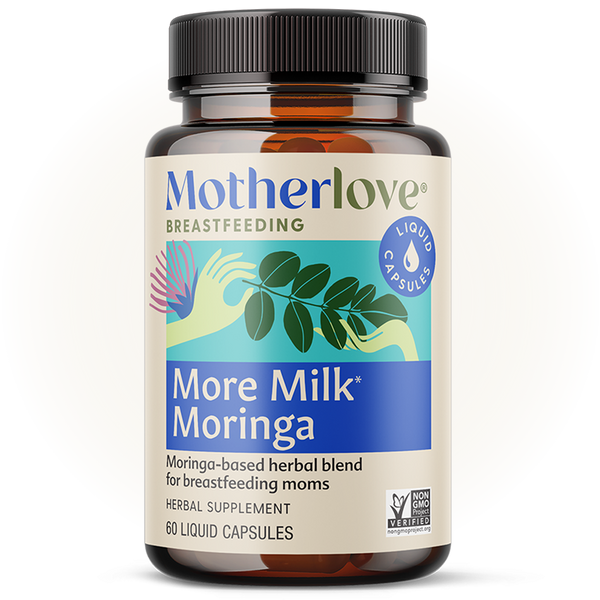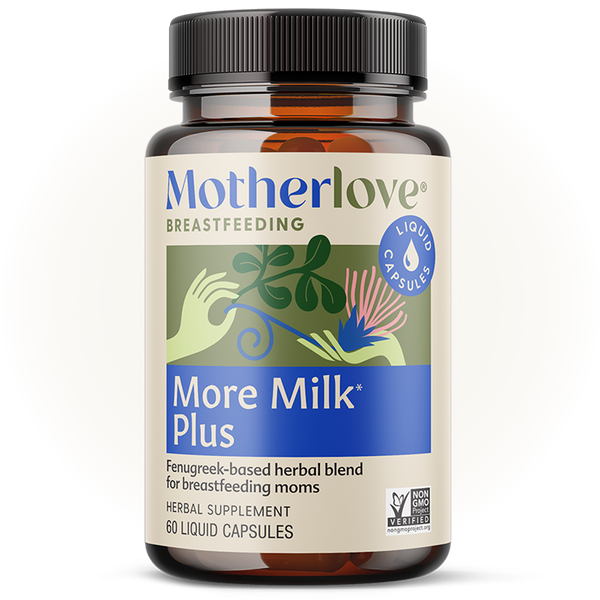Written by: Wendy, IBCLC
As an expecting or new mom, you likely have found yourself researching breast pumps as you plan for your breastfeeding journey. Whether you occasionally pump for a freezer stash, pump while at work, or exclusively pump, we break down the basics to help you choose the best choice for your needs.
THE DIFFERENT TYPES OF PUMPS
1. Manual/Hand Pumps
Manual pumps don’t rely on batteries or electricity to work. Instead, you place a breast shield over your breast, a suction is created, and then you move a lever to extract milk from your breasts.
Many parents find these pumps convenient and easy to use, and they like that they are in control of the speed of the pumping. However, these pumps don’t usually extract as much milk as battery or electric-powered pumps, and it can be tiring to use your hands to pump. Plus, you can only pump one breast at a time, so they aren’t as efficient as double breast pumps.
Manual pumps are best for parents who only need to pump occasionally. Popular brands of manual pumps include Philips Avent Breast Manual Pumps, Medela Harmony Manual Breast Pumps, and Dr. Brown's Manual Breast Pump.
2. Battery-Operated Pumps
Battery-operated pumps are great because they are more portable than pumps that have to be plugged in (electric pumps). They are also often smaller, more discreet, and not as cumbersome to lug around.
Nevertheless, they are not usually as efficient at removing milk as an electric pump is, so they are not generally recommended for people who need to pump most days, such as for work. You also have to make sure you always have batteries on hand in case your battery needs to be replaced mid-pump!
Popular brands of battery-operated pumps include Elvie, Willow, Baby Buddha Pumps and the Motif Duo Breast Pump.
3. Electric Pumps
Double electric pumps are generally considered the best pumps to use if you need to pump on a regular basis, including for work. Electric pumps allow you to control the pump speed and suction of the pump, alternating between “letdown” mode and extraction mode. This mimics the sucking patterns of babies.
Electric pumps work best when you’ve already established your milk supply and want to keep it up, even though you need to be separated from your baby. Though electric pumps can be heavy to lug around, new models are smaller, and quieter too.
Popular brands of electric pumps include Medela Pump-In-Style, Spectra S1 Plus Electric Breast Pump, and Bellababy Double Electric Breast Pump.
4. Hospital Grade Pumps
If you have a baby in the NICU, or if you are looking to increase your supply due to low supply issues, a hospital grade pump is the way to go. These pumps are considered the most efficient pumps out there. They are usually quieter and more comfortable than most other pumps.
Hospital grade pumps are pricey, though (about $1000!), so most breastfeeding parents rent them. You can rent one from a hospital or a large baby retail store.
5. Suction/Milk Saver Devices
Ever notice that when you are nursing your baby, your other breast will start leaking? Or maybe you let down between feedings, in the middle of the night, or when you are separated from your baby, and something reminds you of them. There are some devices on the market that let you take advantage of that.
First, there are some devices that can be worn between feedings, usually referred to as “milk saver shells.” You wear them inside your bra, and they collect milk anytime you leak.
Other devices, like the Haakaa pump (a mom and IBCLC favorite!), create a strong seal around your breast and then extract milk as you let down. These pumps tend to work very well, and many parents remark that they feel more comfortable and natural than pumps that continually suction your breasts.
FINDING YOUR PERFECT PUMP
The most important thing to remember about breast pumps is that there isn’t a one-size-fits-all solution. There are general guidelines about what type of pump is best for different situations, but it’s also a matter of which pump works best for you and which feels more comfortable. And of course—which pump gets your milk flowing and collects the most milk. That can vary significantly from one parent to another.
If possible, it’s good to try a few different pumps. Pumping can be a challenge for many of us, but there is usually a pump out there that will work for your body. If you need extra help, contact a lactation consultant (IBCLC) for guidance and support. Don't forget to check with you health insurance provider to see what is covered as many plans cover breast pumps.







